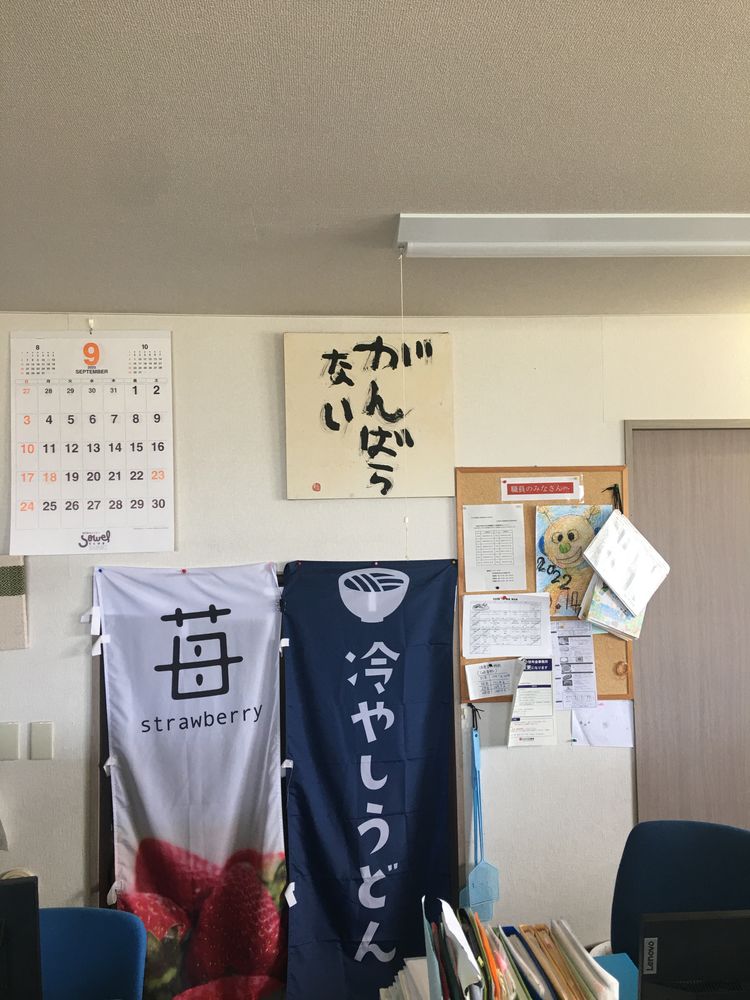Yellow, White, or Barbaric? Finding Identity within the Hierarchy
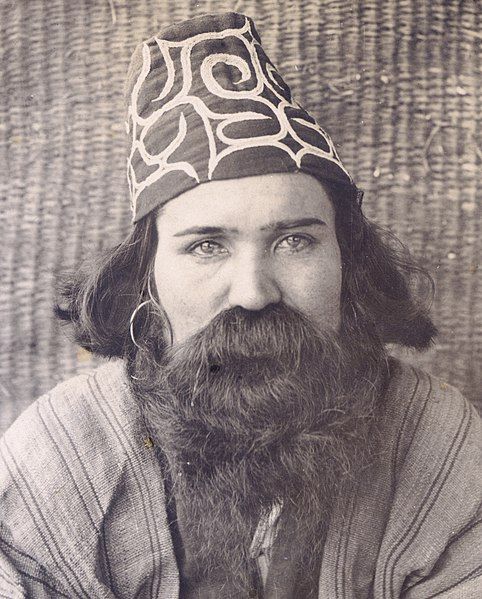
"Besides the protection thus given by the Government, we are happy to say that many an attempt has been made on the part of our people to help the pitiful race of men in their work of tilling the land and educating their children. (DOE, 1904:413)
This is the last paragraph, of the last page of a 414-page document made by the Japanese Department of Education in 1904. The extensive booklet writes about the highly effective, modernized, and successful educational policies of the nation – which is riddled with seemingly unnecessary praises of the Emperor and the Japanese people.
The "pitiful race" mentioned here is referring to the Ainu – the earlier inhabitants of the northern islands of Japan. Although during this time, it was common across the globe for such derogatory terminology and representation of indigenous people, the Ainu actually posed a unique dilemma to the rising empire of Japan.
They were, well, "whiter" than the Japanese race.
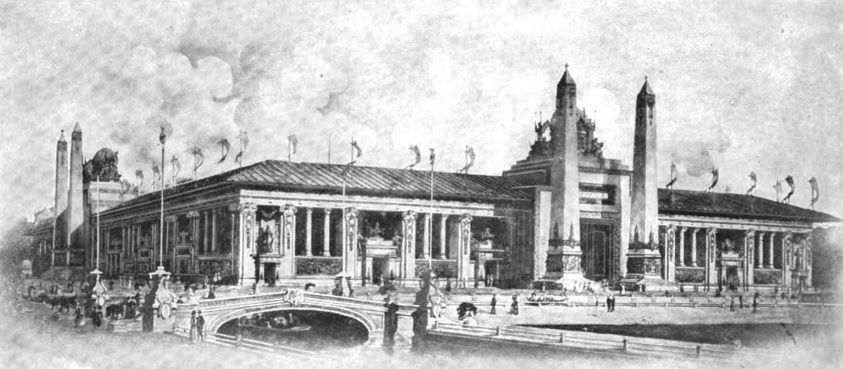
Beginning in the middle of the 19th century, powerful empires began to host "World Fairs" and Expositions to showcase their achievements of conquest, scientific, and economic development. From incredible monuments such as the Crystal Palace, the Ferris Wheel, and even the Eiffel Tower were all created for such occasions.
These fairs were THE event of those times for such empire nations. Being a participant, or even better, a host of such occasions was a sign of powerful international presence – similar in the scale to hosting the Olympics or World Cup today.
Mixed in with these massive technological expositions – that would often attract more than 2 million people – were forms of entertainment. The hottest trends in fashion, food, music, and more were put on public display for the plebians to enjoy. Many things that we love today such as Cherry Coke, the revolutionary Ice Cream Cone, and color televisions were all first introduced during these World Fairs.
In the odd middle between these two poles – the momentous development in industry and technology, and the newest forms of entertainment – were the human exhibitions.
Human exhibitions often varied in what degree they were meant for science, or to what degree they were meant for pure entertainment. If often fell in the odd middle between the two. Sometimes they were used to legitimize scientific theories of racial hierarchies, and other times these people were simply ridiculed in front of thousands of people for the sake of entertainment.
Regardless, the colonized, "barbaric", indigenous people to foreign lands were portrayed as proof of the racial and ethnic hierarchy that put the "white" race at the top.
But then came another empire; Japan.
Since the mid-19th century, Japan began to recognize the immense power difference between them and the ones with the mighty steamships. After years of turmoil, the nation began to absorb western technology, philosophy, politics, and more.
The once "closed-off" island nation was growing its economy and industry that was unprecedented in the short period of a few decades. But what does this mean? It meant that they looked to take more land; a.k.a colonization. With a myriad of motives to conquer neighboring territory, Japan quickly turned to Hokkaido, the Ryukyu Islands, and Taiwan to annex within the century.
If you want to learn more about how Japan annexed Hokkaido, read/watch it here!
So, as this growing industrial powerhouse began to encroach upon neighboring land, they took up the many opportunities to vaunt these accomplishments to the western world. Japan sent delegates to meetings, participated in war, and also went to those magnificent expositions.
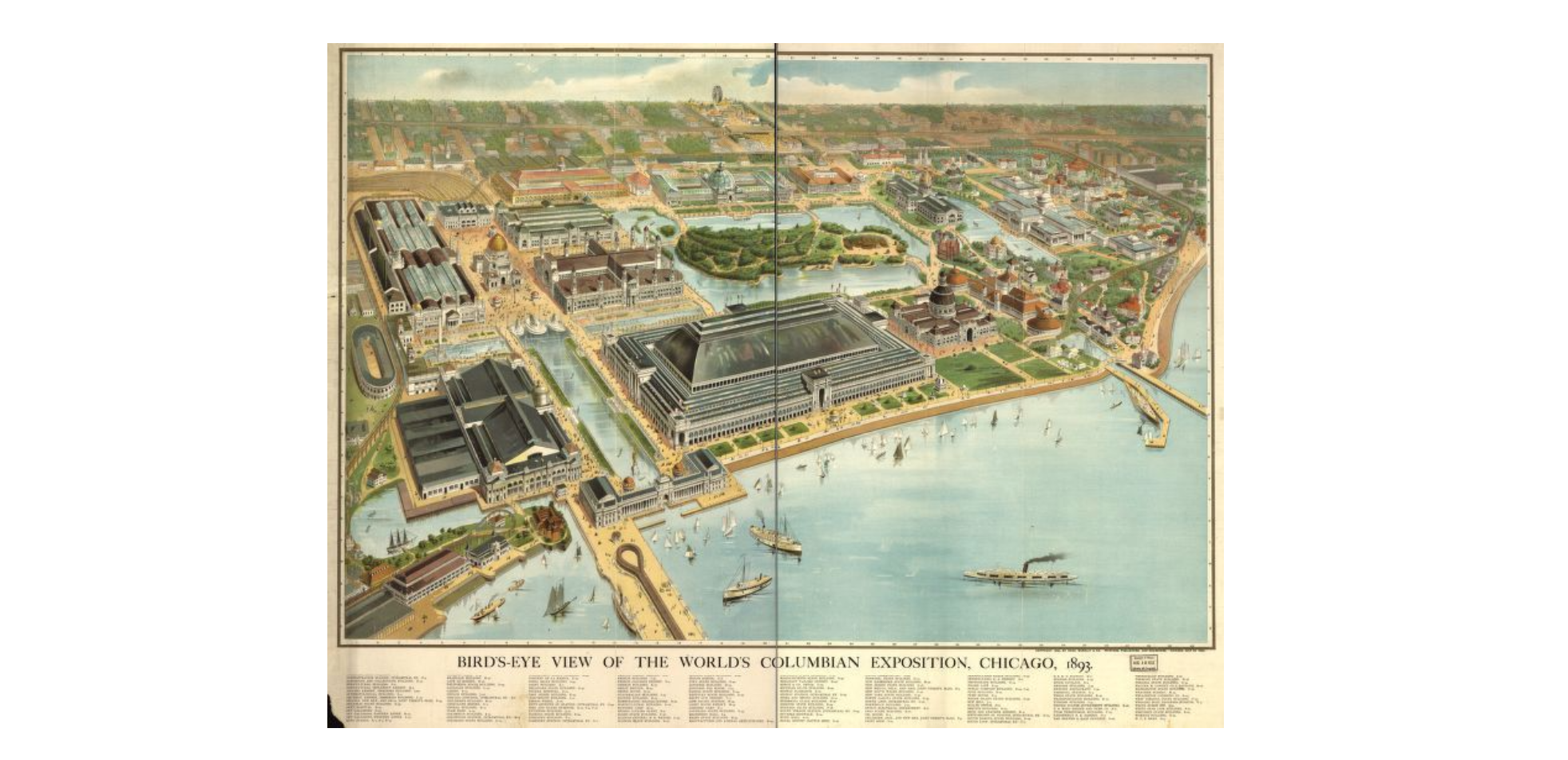
Japan first participated in such international expositions in 1867, and continuously participated and even hosted such expositions well into the early 20th century.
Here's where it gets interesting.
As mentioned earlier, it was common for these empire nations – like France, Britain, US – to make "human exhibitions" to show the superiority of their race over the ones they conquered. These people were studied, photographed, and ridiculed inside the make-shift homes they were forced to live in for months.
Seeing these exhibits, the Japanese were convinced to display their own "savages" and show the Japanese superiority to the world.
But the problem was, the Japanese were "yellow".
You see, during these times, the standard for anthropological science was quite simple. The predominant criteria for "human" or "savage", "developed" or "primitive" etc, was the color of your skin. So this growing Japanese empire, which even defeated the "white" Russian empire, was a scientific conundrum.
What made the general public in the "pale" parts of the world even more confused were the Ainu.
The Ainu people looked more "white" than "yellow". The men had lush beards, large bodies, and most importantly, pale skin (of course, the standard was largely men).
Click here to watch a video about the Ainu!
Moreover, they didn't seem "barbaric". The Ainu were fully clothed, had a sedentary lifestyle, and were constantly reported to have been the most respectful group at these expositions. Here are some examples.
In May of 1910, the Daily News of Britain made a publication titled "Ainu in London/ Politest People on Earth have a Rude Reception". In which the British photographers and crowd are scolded for their behavior, and the Ainu are praised for their "respectful" demeanor.
Even in an exposition that was held in the United States, the St. Louis Post-Dispatch wrote that "the Ainu are here to teach the American citizens manners" (May 22, 1904).
To me, this is fascinating.
For nations so immersed in the idea of Social Darwinism that put their race at the top of the hierarchy, to not only acknowledge the Ainu, but compliment them. And moreover, put them in a position of an equal or higher standard? That's quite something.
Of course, not all responses to the Ainu were so high, but what pervaded in all public and scientific reactions to the Ainu was highlighting their white skin (Miyatake, 2010:130).
What's curious is the way the same articles, reports, and news were translated and distributed among the Japanese.
In many cases, words that imply an Ainu connection to "whiteness" or being a "Caucasoid" were left out or altered. Others simply continued to assert the "barbarism" of the Ainu. To make matters even more complex, prolific writers during this time attempted to make a case for Japanese "whiteness" – putting the "white" Ainu as remnants of the past that lead to the Japanese (Oguma, 2016:172).
What's significant is that instead of attempting to counter the ideology of "white superiority" that they modeled their nation after, the Japanese attempted to rationalize their way into being "white".
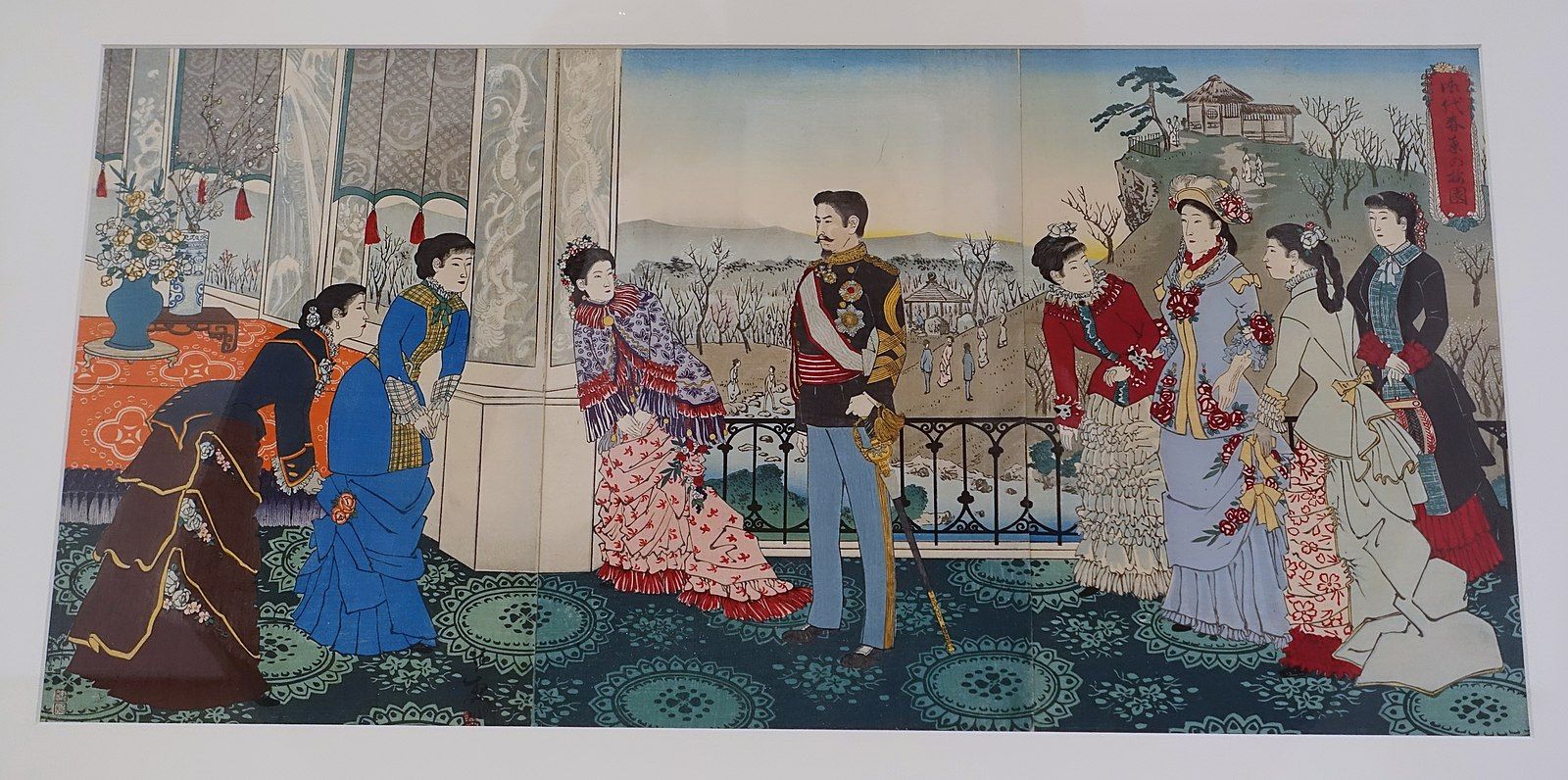
They did so by extensive mental gymnastics about the origins of their language and race, using that as evidence to show the genealogical roots connected to the white Ainu.
Of course, their efforts were quite futile.
Race is a social construction – like our ideas of citizenship and political association. It's a way of belonging, but some odd quirk in our social relations pushes humans to also "other". These abstractions of reality are enforced, challenged, and put into question by visible or tangible things like skin tone or facial complexity.
But all the while the Japanese were trying to rectify their supposed "whiteness", the Ainu were put into a unique conundrum as well.
Kimio Miyatake, a scholar at the University of Hokkaido, refers to the paradox the Ainu faced as the "Yellow-Masked Oedipus". The Ainu people had to face up with multiple contradictory expectations that played upon their identity.
As it was seen in the first paragraph, the Japanese government looked to "assimilate" the Ainu into Japanese culture. They were provided citizenship and were legally assumed to be treated the same as others. But they continued to become subjects of oppression and harassment as a "pitiful race".
This process of assimilation gave birth to even more paradoxes. The Ainu were expected to become "civilized", yet were forced into human exhibits to display their "primitiveness". But as the Ainu made lasting impressions on the western world, another paradox of their identity arose. Were they white? Or yellow because of their Japanese citizenship? Or barbaric and inferior due to their subjugated status?
In response to such historic realities of the Ainu, Dr. Miyatake writes:
"To take on the 'Yellow-Mask' of the Japanese, is reflexive of the temporary happiness Oedipus attained in Thebes, it is only attained by forgetting and denying who you are" (Miyatake, 2005:51; My translation)
Such Oedipus-like conundrums of our identity continue to exist today. As the popular philosopher, Michel Foucault wrote:
Maybe the target nowadays is not to discover what we are but to refuse what we are. We have to imagine and to build up what we could be to get rid of this kind of political "double bind," which is the simultaneous individualization and totalization of modern power structures (Foucault, 1985:785).
How are you constructing your identity? In a time where most of my readers will have much more extensive freedom to build their own identity, what are you prioritizing? What Oedipus-like masks do we wear today?
![[Guest Post] Exploring Colonial History through Art](/content/images/size/w750/2023/11/graphite-island-banner.png)
